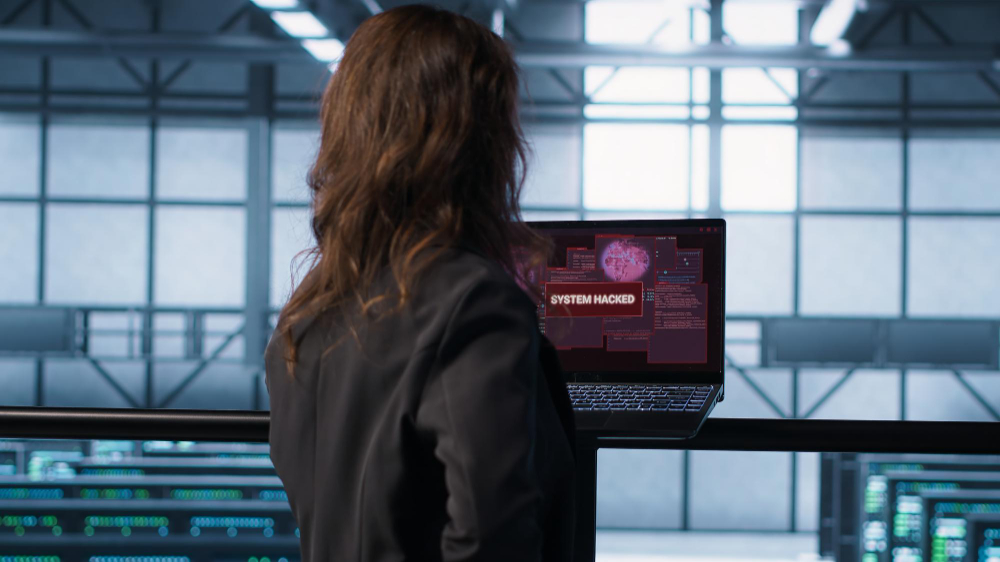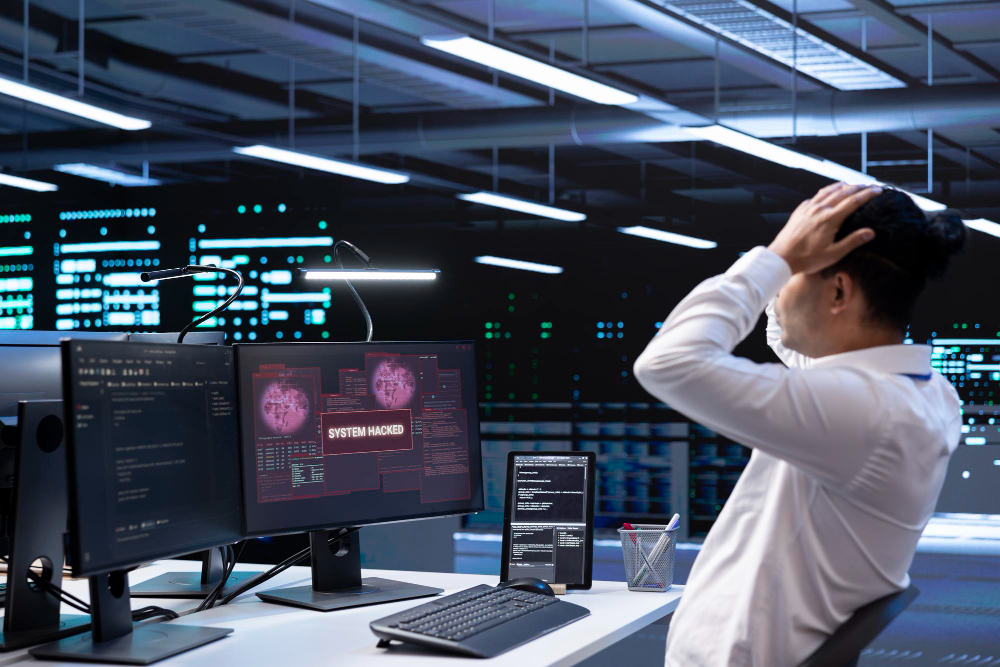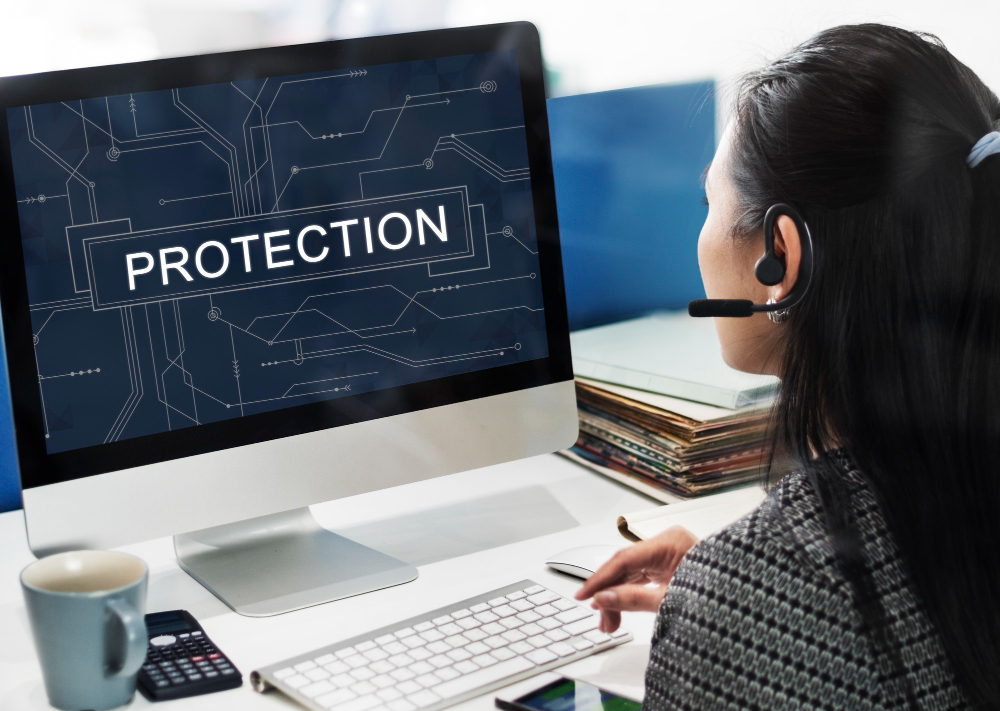In the modern era, data security for networks and systems is difficult to implement. It happens due to many factors, such as cyber threats and risks that evolve to find new or other ways to steal information in a company. The cybersecurity posture is getting stronger, and threats are becoming more worrying, necessitating constant evaluation. A good security posture solves the problem because it offers strong protection and protects your network system from vulnerabilities.
This article explains security posture and how important this system is for your organisation.
What is Security Posture?

Security posture is the collective security status or overall strength of an organisation’s cybersecurity risk management. A strong security posture ensures better protection of the company’s data and safeguards networks and systems that are highly vulnerable to unauthorised access. A strong security posture doesn’t mean being risk-free, but rather knowing your weaknesses, addressing them proactively, and being prepared to respond effectively when issues arise.
Why is Your Security Posture Important?

Providing the best protection for your information system is the most important thing and must be considered for every organisation. By adopting a security posture, you can reap numerous benefits, including avoiding cyberattacks such as ransomware, phishing attacks, and data breaches, which are continually evolving and employing various tactics. By keeping your information secure, you can also prevent financial losses that often result from cyberattacks.
The Key Components of a Security Posture

Before implementing a security posture in your system, you must be familiar with some key components.
Attack Surface Visibility
A defensive strategy to prevent cyber threats is to increase attack surface visibility, identifying systems that have a high likelihood of being accessed. For example, outdated software, poorly secured devices or unsecured networks. Utilising IT tools to enhance surface visibility is crucial for preparing vulnerable systems and improving their security, thereby making it more difficult for cyberattacks to breach the information within the system. Determining the weak system by monitoring and evaluating it is an effective way to mitigate cyber risk.
Risk Management
Cyber Risk Management (CRM) identifies and mitigates potential threats to an organisation’s digital infrastructure, data, and operations. Good risk management. Risk assessment involves assessing possible threats, evaluating their impact, and prioritising actions to minimise vulnerability and harm. This process helps organisations decide where to invest their time and resources.
Incident Response Plan
Even with robust security measures in place, incidents can still occur, underscoring the importance of a comprehensive risk assessment. To enhance security, every organisation must have a clear incident response plan in place. This plan outlines the steps your team will take in the event of a cyberattack, data breach, or system failure. It includes who to contact, how to contain the issue, and how to recover safely.
A well-prepared response plan reduces downtime, limits damage, and ensures compliance with legal obligations. It also helps build trust with clients, partners, and stakeholders by demonstrating that your business has a robust cybersecurity posture and is prepared to handle disruptions responsibly.
Compliance and Governance
Meeting compliance requirements and adhering to good governance practices are essential to maintaining a robust security posture. Whether your business operates in healthcare, finance, or other regulated industries, security policies ensure data is handled safely and ethically.
Compliance means aligning with these standards, while governance maintains accountability and oversight across your organisation. It includes keeping accurate records, regularly reviewing security policies, and ensuring leadership remains informed about security risks and responsibilities as part of a robust security strategy.
Security Architecture and Tooling
Strong security architecture is the backbone of any effective defence strategy. It involves setting up your systems, networks, and applications with security in mind. Thus, security architecture encompasses the use of firewalls, encryption, access controls, and monitoring tools as security measures to protect data at every level. The right combination of tools helps prevent unauthorised access and detect suspicious activity early.
Security Processes and Procedures
Effective security processes and procedures ensure that everyone in the organisation knows what to do and when to apply them to function efficiently and appropriately. These processes encompass daily tasks such as patch management, password policies, system monitoring, and actions to be taken during an incident or audit. Therefore, employees responsible for tasks with sensitive data should take extra care and follow reasonable and organised procedures.
Employee & User Training and Awareness
To provide understanding and awareness of a robust security posture that protects company data from potential risks, employee and user training play a vital role in strengthening your security posture. Through training, the employee gains new information and learns how to optimise and enhance the security posture of the network system for improved security.
How To Improve Your Security Posture
Maximising security posture will significantly reduce the risk of cyber threats and hazardous threats to the company. Therefore, you need to know several ways to improve your security posture performance.
Automate Asset Inventory and Management
Regularly monitoring several devices, systems, and applications connected to the network is crucial to reduce the risk of unauthorised access attempting to enter the organisation’s network. Tracking assets in real-time is a primary function of automating asset inventory and management, making it easier for IT teams to monitor and manage their assets. It also helps avoid blind spots by ensuring every device is accounted for and updated as needed.
Establish Policies, Procedures, and Controls
An organisation must have policies, procedures, and controls to establish fixed and unchanging rules. This includes policies on data access to connect to company systems, password rules, and system updates as part of the overall security posture. By clearly communicating these rules, employees will feel a sense of responsibility to uphold these policies and prevent miscommunication.
Host Regular Employee Training and Awareness
A company’s primary task is to thoroughly explain its security posture to help employees understand the importance of protecting company data. This can be achieved by conducting regular employee training, ensuring employees are aware of and can maximise the company’s long-term security posture.
Utilise Advanced Security Solutions
To mitigate cyber threats, businesses should adopt advanced security solutions, including endpoint detection, intrusion prevention systems, and real-time monitoring tools. These tools are invaluable for maintaining security defences. Sometimes, the security tools used are sufficient to mitigate certain cyber risks. However, we must also consider that cyber-attacks are constantly evolving, so advanced security solutions are needed to prevent this from happening in our organisation.
Ensure Compliance and Regulations
Staying compliant with industry standards and government regulations will protect your business from legal risks while strengthening customer and partner trust in your overall security strategy. It means auditing your systems regularly and addressing gaps found during compliance checks.
Whether you work in healthcare, finance or any other government-regulated sector, ensuring compliance is essential to maintaining a strong security posture and demonstrating your commitment to responsible data management.
Frequently Asked Questions
What are the three components of security posture?
The three key components of security posture are prevention, detection, and response. Prevention focuses on your business’s steps to stop threats before they happen. These steps include implementing firewalls, utilising antivirus software, and enforcing strong password policies. Detection involves monitoring systems to quickly spot unusual behaviour or potential breaches. Thus, the response is about how well your team handles incidents if they occur.
What are the 5 C’s in security?
The 5 C’s of security represent five essential elements vital for effective cybersecurity practices: Change, Compliance, Cost, Continuity, and Coverage. These factors are fundamental considerations for any organisation. For individuals responsible for evaluating and implementing technical solutions, these elements offer a beneficial framework for assessing available options.
What is another word for security posture?
Another way to describe security posture is your organisation’s security readiness or cybersecurity maturity. These terms reflect how prepared your business is to handle security threats and how well your systems, processes, and people work together to defend against attacks.
Conclusion
Assessing security posture is essential for organisations aiming to invest in the latest security technologies and foster a culture of awareness, responsibility, and continuous improvement to minimise risks.
From securing your attack surface to training your team and ensuring compliance, every step is crucial in reducing risks and protecting your organisation’s valuable data. Cyber threats will continue to evolve, but modern enterprises can remain prepared, resilient, and confident in their defences with the right approach.
